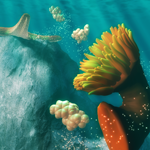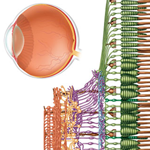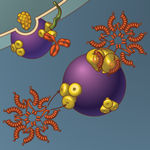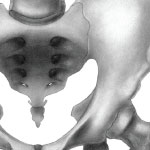Last week, BMC forced me to relinquish my keys to our computer labs. I was facing my first long weekend off in a very long time. Conveniently, a free pass to the Ontario Science Centre had been burning a hole in my wallet. After taking Curating Science last fall, our teacher, Hooley McLaughlin, gave each of us a free pass. It was like elementary school all over again, when you got your last report card and a ticket to the PNE (Pacific National Exhibition, a summer agricultural fair) was enclosed. I was really excited to finally see the newly opened Human Edge exhibit.

It was a great chance to see a lot of the elements we talked about in class. As you enter the museum and head towards the exhibit halls, you drill down several flights of escalators and pass by gardens and forests, finally arriving at this tree stump with its roots meticulously cleaned. Apparently this was someone's entire master's thesis - dusting off and examining this root system. It was interesting from all angles.

Several years ago, when I bought my first rare earth magnets, I watched a few videos of ferromagnetic fluid - a liquid filled with magnetic particles that flows to take the shapes of magnetic fields. I had never seen it in action in person. There were a few exhibits with big containers of it, and this one in particular was a big hit with children and adults alike, as people lined up to move the magnets. What I also learned was that ferromagnetic fluid (like targeted nanoparticle drug delivery!) relies on the nanoscale. If the particles were any larger they would clump together, and if they were any smaller their magnetic force would be too weak to draw them towards the surrounding magnets.
After making that quick stop, I found my way to the Human Edge exhibit. It is huge and modern, furnished with sculptural partitions, and filled with specimens. There's even a rock climbing wall and a race track to run through.
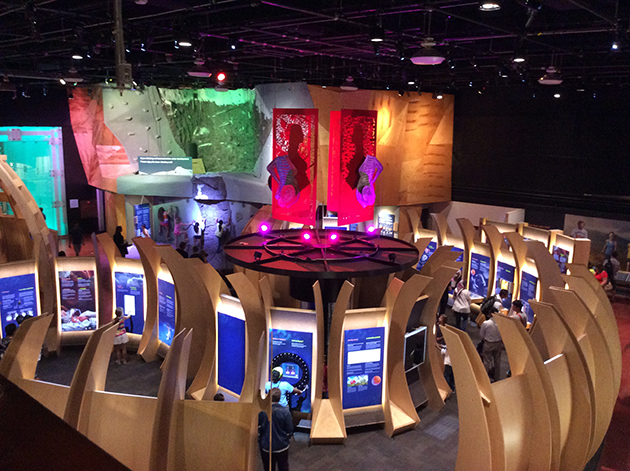
This exhibit has an impressive number of specimens. There are really old skeletons, new skeletons, skulls from people of various ages, plastinated pulmonary veins with a trachea, and even an elephant heart! The papillary muscles and chordae tendineae (heart strings) were huge, and the ventricle walls were thick and strong. Everything about its outer texture also screamed elephant. It was also fun to see an articulated skeleton posed in something other than anatomical position.
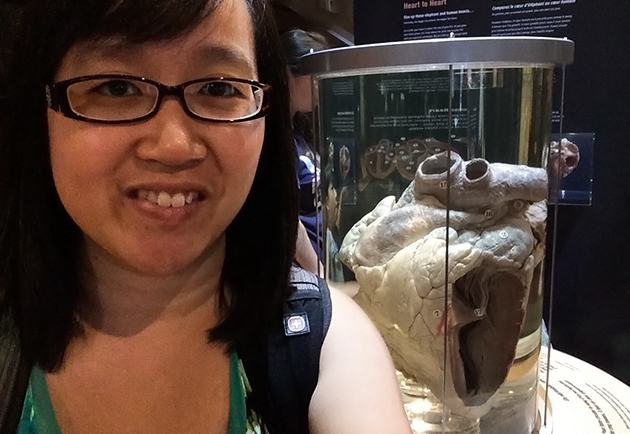
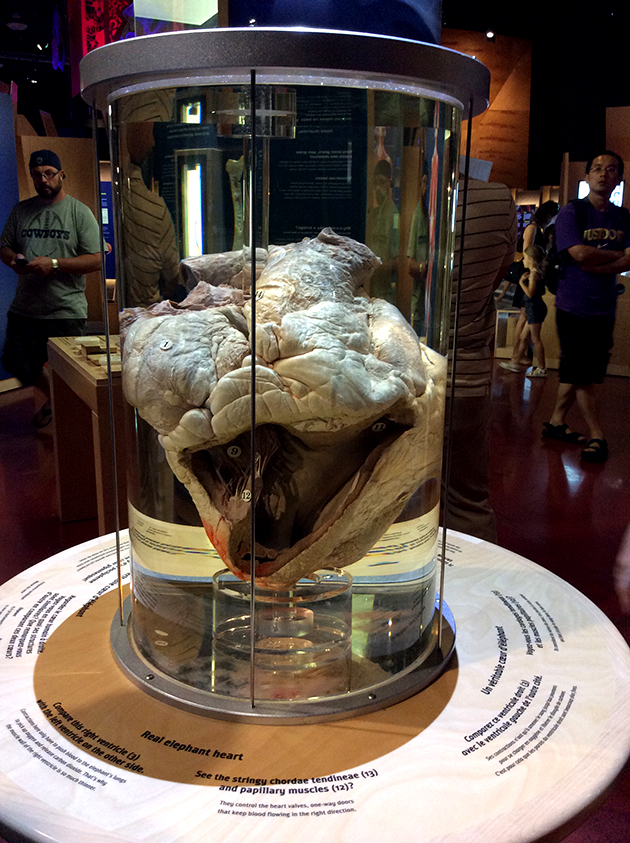
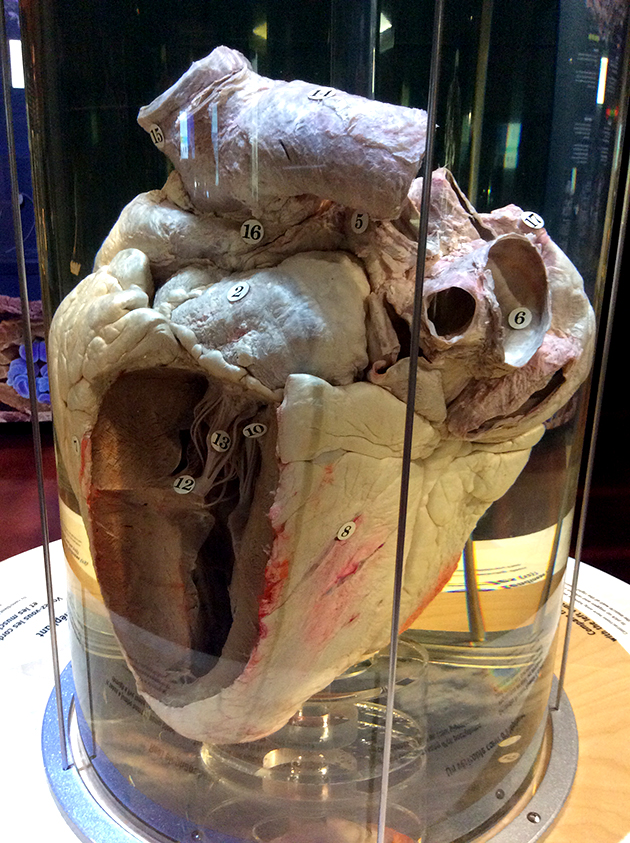
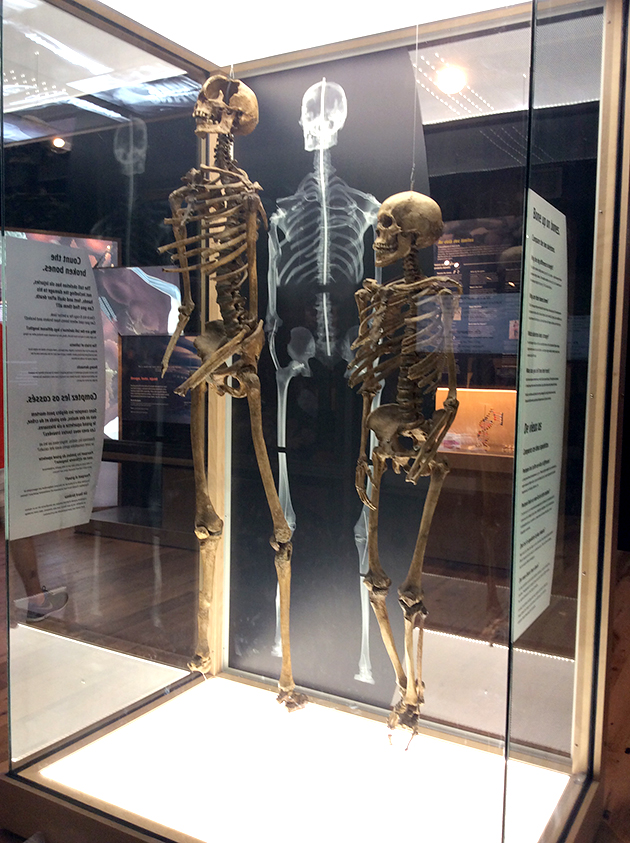
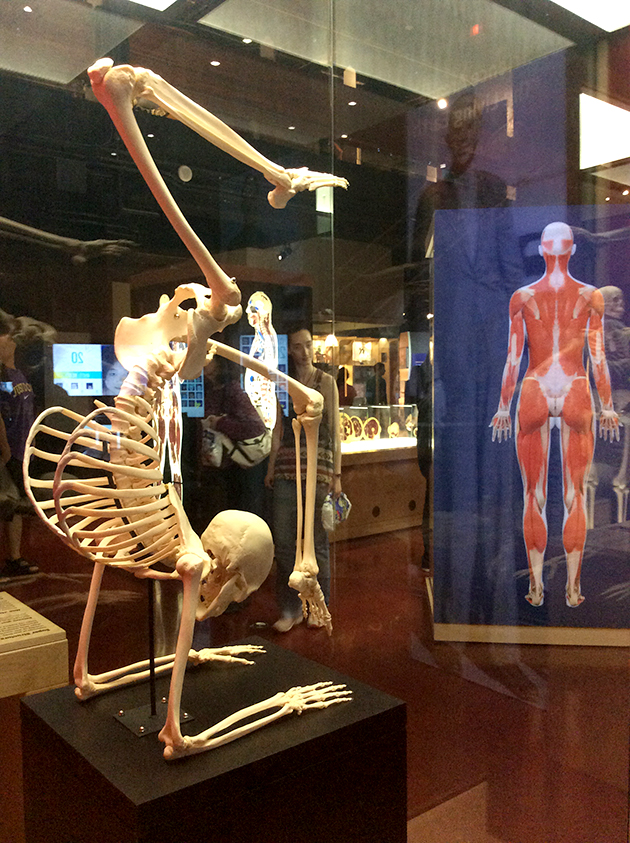
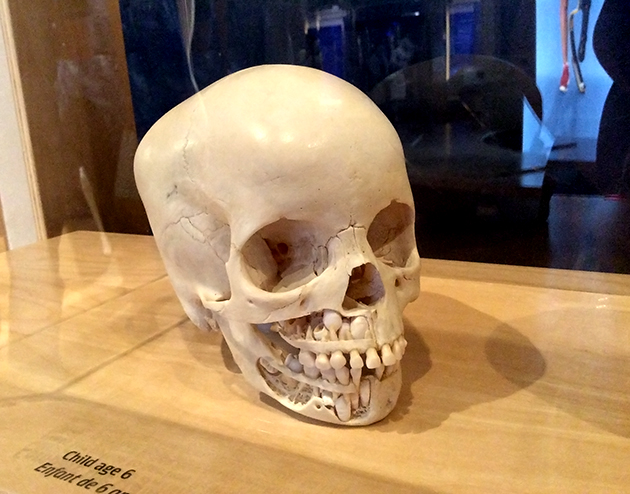
There was lots to see beyond these exhibits, including lots of physics experiments (think weights, levers, and pulleys), a phosphorescent shadow tunnel, and a tornado that would only form if you pooled together with your friends to run laps inside an enclosed tube. And would you believe I found yet another skeleton while wandering around? A WHALE skeleton! Just an unassuming creature, swimming up by the rafters.

